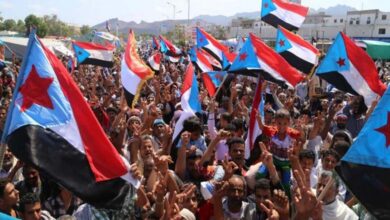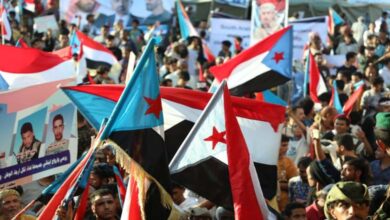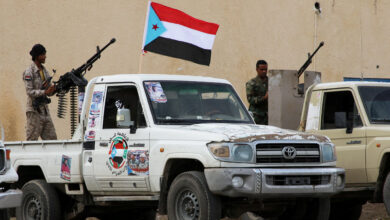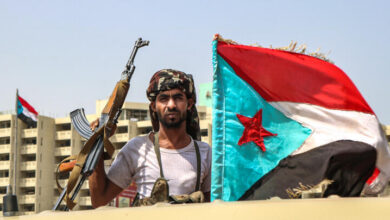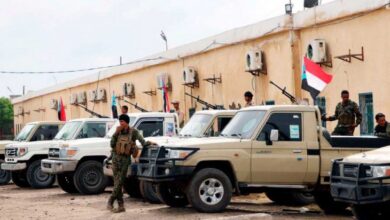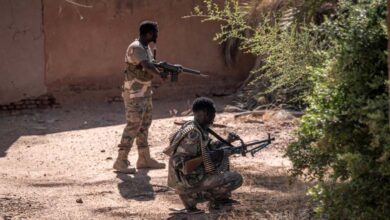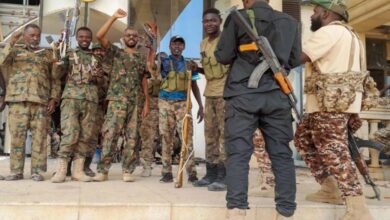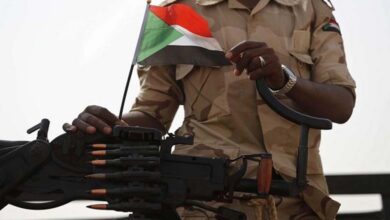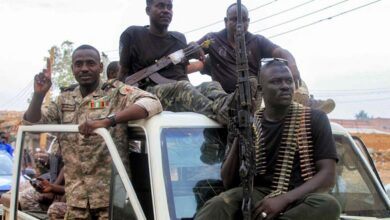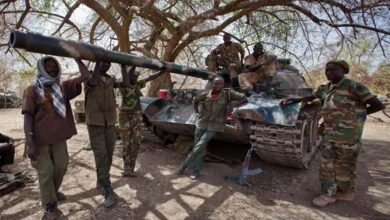Iran’s Support for Army Militias and Intervention in Sudan
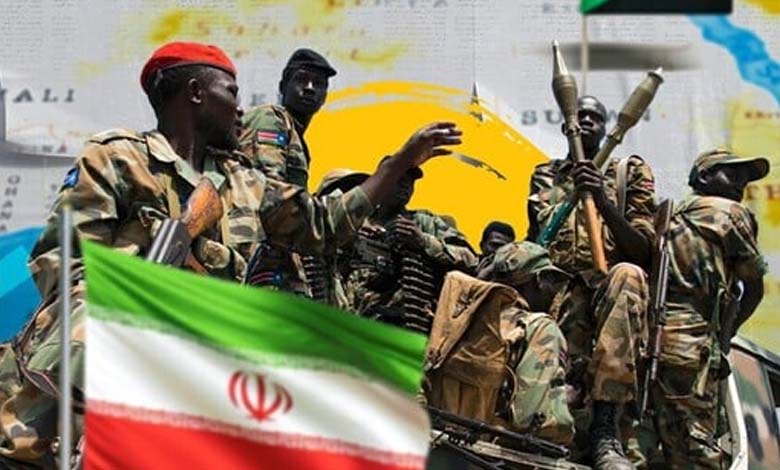
Iran’s support for army militias and intervention in Sudan makes the Sudanese army’s cost the fifth militia for Iran in the region, after its proxies in Lebanon, Iraq, Syria, and Yemen. The incident of Iranian drones entering the heart of the conflict in Sudan reveals the openness of al-Burhan and his government to advanced relations with Iran, taking advantage of the atmosphere of détente achieved in the relationships of Arab countries like Saudi Arabia and Egypt with Tehran. In other words, the Arab environment that opposed the nature of Khartoum’s relations with Tehran during al-Bashir’s era may not theoretically oppose some form of relations between Sudan and Iran.
While reports and accusations from the Rapid Support Forces and the Forces for Freedom and Change speak of the return of the Islamist trend to exert wide influence within the political system led by al-Burhan, the Iranian option chosen by al-Burhan may draw from an Islamic ideological justification that aligns Sudanese Islamists with the Islamic Republic system in Tehran. Especially since the Muslim Brotherhood in the region, except for the Syrian branch, had cultivated close relationships with Tehran that receded at certain stages without turning into absolute estrangement. However, the primary incentive for al-Burhan to re-engage with Iran lies in the army’s need for weapons capable of making a qualitative difference in the ongoing battles against the Rapid Support Forces.
The Sudanese army relies on Iranian drones that have proven efficient in various conflict zones, particularly in Ukraine to the benefit of the Russian army. In addition to the military incentive, al-Burhan seeks to open up to a political alliance with Iran’s backers such as China, Russia, and other countries. This makes the Sudanese army the fifth militia for Iran in the region, following its proxies in Lebanon, Iraq, Syria, and Yemen.
It’s not surprising that Iran rushes to intervene through its drones and other types of weapons in the war in Sudan. This is part of the alphabet of Iranian foreign policy, which always benefits from internal conflicts and divisions from Iraq to Yemen, passing through Syria and Lebanon, to find its place and status within the countries of the region. Moreover, Tehran resumes relationships it knew how to invest in and manage previously during al-Bashir’s era, and it’s easy to reactivate them, especially with Sudan’s request this time.
For Iran, Sudan represents an opportunity for geostrategic competition within a country of great importance in terms of location, resources, role, and function in Africa and the world. True, regional and international countries have been working for decades to enhance their interests within Sudan and with every political regime that has ruled the country since independence. However, the country also represents an additional opportunity for Iran to have another presence within Africa on one hand, and the Red Sea on the other hand, especially amidst the debate about its influence over the sea and its passages through the Houthi group in Yemen.
However, Iran’s ambitions in Sudan and the Red Sea are also linked to the current conflict’s military and settlement possibilities. While peace options recede due to the complexity of holding a meeting between al-Burhan and Hemeti and the Sudanese Ministry of Foreign Affairs’ announcement last month freezing Sudan’s membership in the IGAD organization sponsoring peace talks, stating that “Khartoum is not bound by nor concerned with everything issued by the organization regarding Sudan,” this opens up wide space for Iranian weapons to intervene extensively in the battles of the combatants.
Iran’s intervention may contribute to motivating the conflict parties, regional powers, and international forces to develop tools to reach a political settlement. However, the intervention adds further complexity to the Sudanese crisis, as it provokes neighboring countries or those interested in Sudanese affairs, and it may attract more external military interventions into the Sudanese conflict. However, the Iranian factor in Sudan supporting the army contradicts Western, especially American and British, positions, which have always expressed support for the Forces for Freedom and Change to establish democracy in Sudan. It’s noteworthy that Tehran and Khartoum have not directly and explicitly revealed the nature and level of their cooperation, nor has Iran leaked an official stance on the conflict in Sudan. It’s evident that Tehran, which concluded an agreement with Riyadh in March 2023 and is in the process of developing its relations with Cairo, approaches the Sudanese file cautiously, wisely, and sensitively to not provoke Red Sea countries or raise concerns for Saudi Arabia and Egypt, both overlooking the Red Sea, and both having taken a neutral stance in the current conflict with the Houthis in Yemen. The Iranian-Sudanese presence’s mystery will raise questions about its potential transformations concerning Israel by a state that joined the Abraham Accords and allows Iran to appear after Yemen on the Red Sea.


